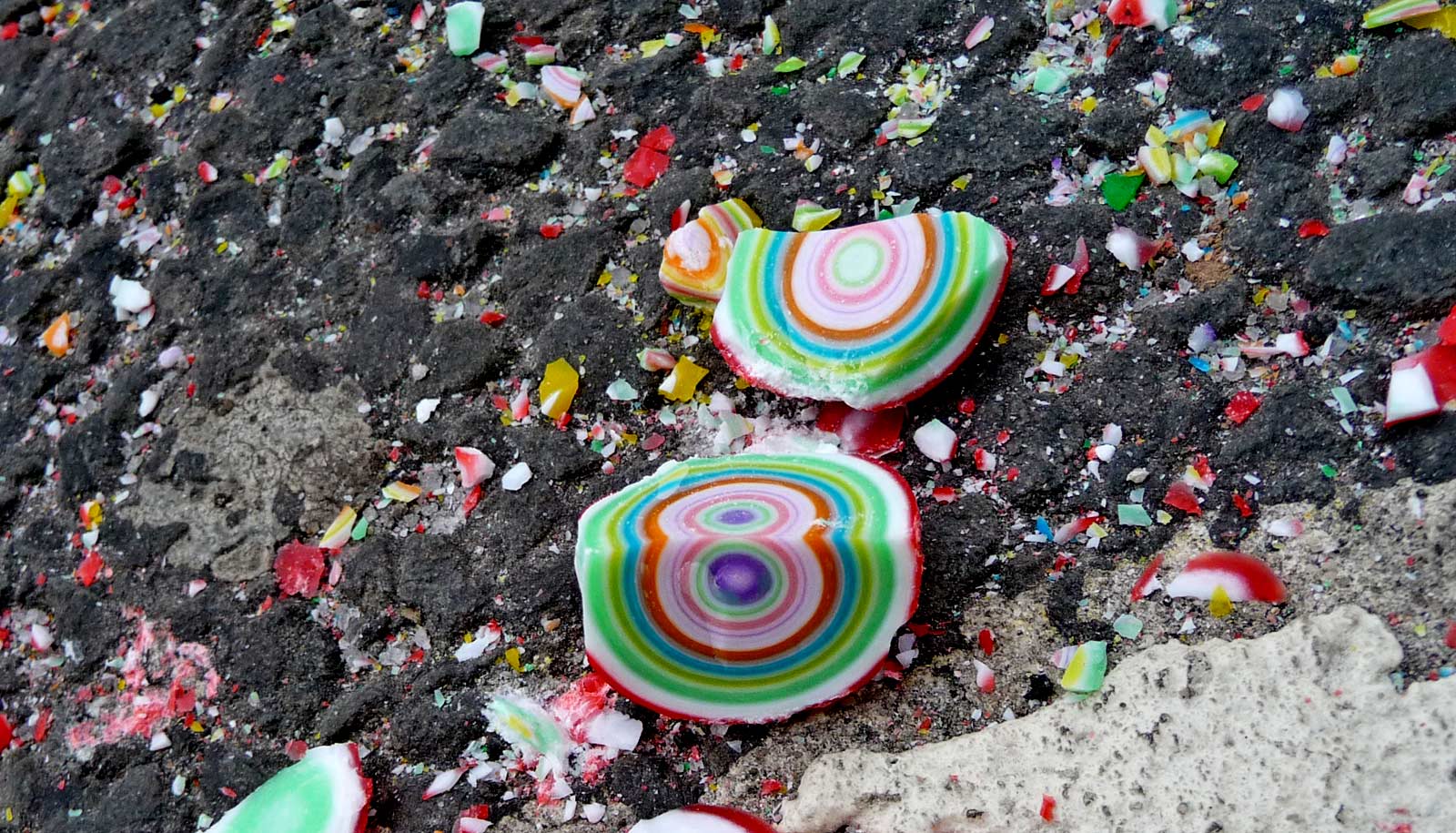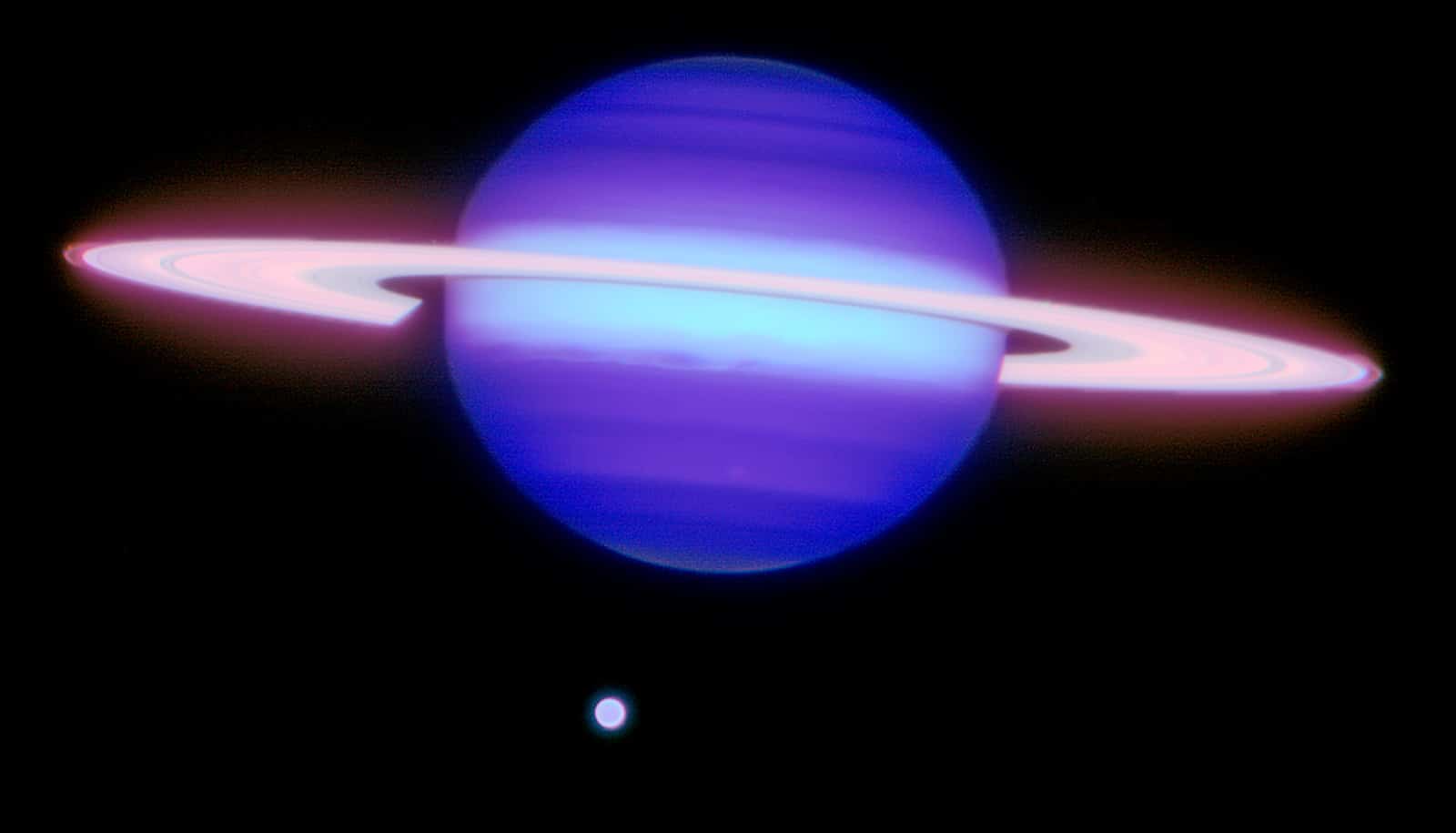Scientists have discovered what may exist at the core of “super-Earths,” rocky planets at least triple the mass of Earth that orbit far-distant stars.
A team of scientists was able to simulate, if only for the briefest of moments, the deep interiors of these exoplanets, offering revealing insight into what had been limited to extrapolations and theoretical calculations.
“All other physical and chemical properties follow from the crystal structure.”
“Knowledge of the crystal structure is the most fundamental piece of information about the material making up the interior of a planet,” says June K. Wicks, assistant professor in the Johns Hopkins University department of earth and planetary sciences. “All other physical and chemical properties follow from the crystal structure.”
Super-Earths—which are larger than Earth, though substantially less massive than the giant planets orbiting farthest from our sun—have no direct analogues in our solar system. Scientists hope that learning more about their potential structure and composition will lead to insights into types of planetary architecture that may exist in our galaxy.
But there are two key obstacles. First, scientists don’t have direct measurements of our own planetary core from which to extrapolate. Secondly, interior pressures in super-Earths would be as much as 10 times the pressure at the center of Earth, well beyond the range of traditional measuring tactics.
The team led by Wicks, who did the work as an associate research scholar at Princeton University, directed a short but intense laser beam onto two iron samples: one similar to the modeled composition of Earth’s core and another more like silicon-rich planets. The laser compressed the samples for only a few billionths of a second, but long enough to probe the atomic structure using a pulse of bright X-rays.
They discovered significant information about the crystal structure—one of the most critical pieces of the puzzle about the foundation of a planet. The core of a planet affects everything from its magnetic field and thermal evolution to its mass-radius relationship.
At ultrahigh pressures, the lower-silicon alloy organized its atoms into a hexagonal close-packed crystal structure, while the higher-silicon alloy adopted body-centered cubic packing.
“This atomic difference has enormous implications,” Wicks says.
Astronomers tackle mystery of super-Earth birth
Next, Wicks and her colleagues plan to investigate how other light elements, such as carbon or sulfur, affect the structure and density of iron at ultrahigh pressure conditions. They hope to continue to build more informed models of exoplanets’ interiors.
The authors also include other researchers from Johns Hopkins and Princeton and scientists from Lawrence Livermore National Laboratory, the California Institute of Technology, and the University of Rochester.
The results appear in the journal Science Advances. The National Nuclear Security Administration and Lawrence Livermore National Laboratory funded the study.
Source: Johns Hopkins University



